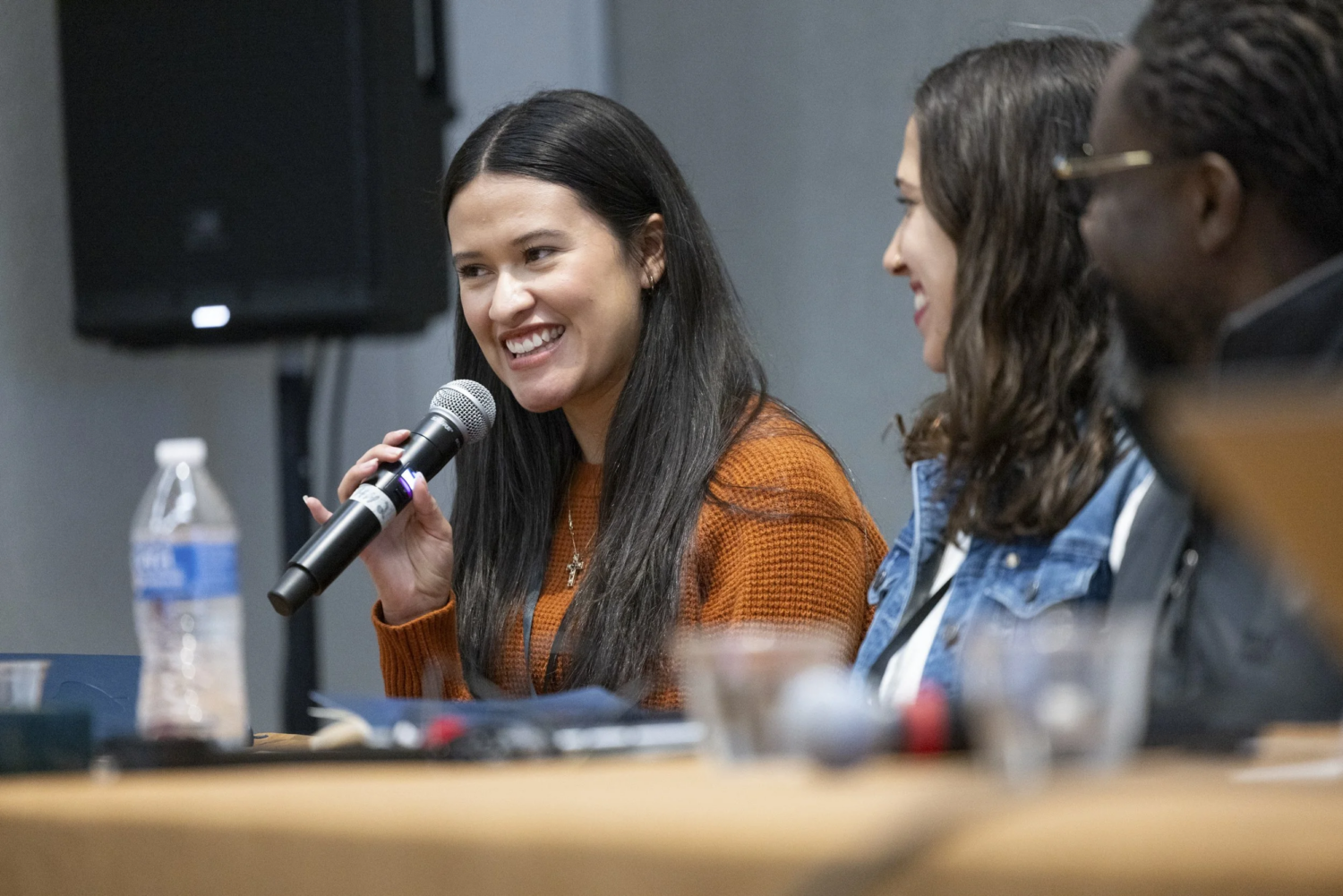Student Loan Borrowers Get Clarity On Repayment Plans


For Americans with federal student loans, the last several months have been marked by uncertainty – from ongoing forbearance to changes coming to nearly all aspects of student loan repayment due to the One Big Beautiful Bill Act (OBBBA).
Borrowers in the Saving on a Valuable Education (SAVE) plan, in particular, have faced questions about when their forbearance will and and when they will be required to make payments again.
While the precise timeline for SAVE is unknown, we do have clarity on repayment plan options. No matter your situation, you can understand what options you have.
We break down what repayment plan options borrowers need to know:
The repayment plan options you have today depend on the type of loan you have. There are two main camps: borrowers with Direct and FFEL Loans from Undergraduate and Grad School (including Grad PLUS), and Parent PLUS Loan Borrowers.
Existing Direct Loan borrowers (and Grad PLUS Loan borrowers) have several repayment plan options available today:
You can enroll in these plans now at StudentAid.gov. It’s important to note that there are some system updates that may block borrowers from enrolling in IBR, but that should be resolved in the coming weeks.
Parent PLUS borrowers face different rules. Currently, they can repay on a Standard plan or, if they have consolidated, access ICR. Parent PLUS borrowers who double-consolidated can access any Income-Driven Repayment Plan (including IBR, PAYE, and ICR).
If you’re still in the SAVE Forbearance and don’t know what option to pick, you can currently enroll in IBR, PAYE, and ICR. You can also wait until July 2026 and enroll in the upcoming RAP Plan.
Major changes are starting in 2026 (and phased in through 2028), but we know what they will look like.
In short, SAVE, PAYE, and ICR are being eliminated and any borrowers on those plans will move to IBR. A new option, called the Repayment Assistance Plan (RAP), will be available to both new and existing borrowers.
All existing borrowers on IBR, PAYE, and ICR will move to IBR. Borrowers in the SAVE forbearance will also move to IBR. The big question here is timing: we don’t know when the actual migration will happen, though we speculate SAVE forbearance will move closer to July 2026.
Scott Buchanan, Executive Director the Student Loan Servicing Alliance, expects the Department of Education to halt enrollment in PAYE and ICR by early 2028 to allow servicers time to transition borrowers.
For those who take out new loans after July 2026, choices will be even more limited. Borrowers will be placed into the new Standard plan or the Repayment Assistance Plan.
Parent PLUS Loan borrowers are the most limited. Parent PLUS Loan borrowers current on an income driven repayment plan will migrate to IBR. Borrowers who fail to consolidate and/or take out a new Parent PLUS Loan after July 1, 2026, will only have access to the new Standard Repayment Plan.
Throughout the summer, the lack of clarity has left many borrowers anxious. But while the timeline remains uncertain for SAVE plan borrowers, we know exactly what repayment plan options will be available.
It’s also important to note that no borrower is being asked to start from scratch, and credits toward student loan forgiveness, such as those earned under Public Service Loan Forgiveness, will continue to count.
What you should be doing right now:
By understanding what your student loan repayment options are now, families can plan and budget as necessary. While the uncertainty around SAVE timing is frustrating, the clarity on repayment plan options allows for planning.
Don’t Miss These Other Stories:

A traditional Individual Retirement Account (IRA) is a way to save money for the future while receiving tax benefits today....

As Gen Z enters young adulthood, we have come to terms with a terrifying fact—our transition to adulthood is completely...

After years of pauses and temporary protections, student loan collections are set to restart in a very real way. Federal...